Are you experiencing jaw pain, neck pain or headaches? What you need to know about temporomandibular join dysfunction.
The jaw is also known as the temporomandibular joint (TMJ). The joint is formed by the mandible (the main bone that we consider to be the jaw) and the temporal bones on either side (these form part of your skull). TMJ dysfunction is a term used to describe pain felt in and around the jaw.
The masseter (one of the main muscles that controls the movement of the TMJ) is the strongest muscle in the body, relative to its size. There’s no wonder why tension held here can have a huge impact on other areas of the body too. Although some people will feel pain directly in or around the jaw, you may not necessarily be aware of the tension that you are holding there. However, tension or dysfunction of the TMJ can contribute towards neck pain and headaches.
What can cause TMJ dysfunction?
During times of stress and anxiety, it’s common to clench or grind our teeth. This can often happen subconsciously, particularly at night when we’re sleeping, which is known as nocturnal bruxism. This could mean that you wake with headaches, neck pain or pain directly in the jaw.
Sometimes, we can be more aware of this going on during the day. We may notice that our breathing has become shallow, we are holding tension in our shoulders and we are clenching our teeth, which will cause tension through our jaw.How will I know if I have dysfunction of my jaw?
Structures in the body are intrinsically connected. The muscles and ligaments that attach to the jaw, also attach to bones in your face, head and neck. Therefore, pain or dysfunction originating in the TMJ could be felt in the jaw itself but could also be felt in the face, neck or base of the head. As well as pain, you may notice clicking or clunking in the jaw as you open and close it. If one side of your jaw is tight, compensatory patterns can occur and the two sides of the jaw can become slightly out of sync which contributes towards the clicking and clunking that you hear and feel. You may also feel a restriction of movement and not be able to open your jaw fully.
How can Osteopathy help?
We can examine the movement that is occurring at the TMJ by asking you to do some simple opening and closing movements whilst we palpate the joint which is located just in front of your ear lobe. We can also palpate for tension in the muscles and ligaments that control the movement of your jaw. If there is dysfunction of the joint or tightness in the soft tissue structures, we can gently but directly treat these.
We can also work on other structures in the neck and head where the muscles of the jaw attach. The techniques that we use are often external, however we’re able to do intraoral techniques with your consent. Our patients often really enjoy treatment of the TMJ as it is common to feel the benefits immediately afterwards. They often feel that they can open their jaw further and feel less tense through the jaw, face and neck. Tension or dysfunction of the TMJ can also occur following direct trauma or dental work. Having to hold our jaw open for a period of time can create strain of a key ligament that helps to support the joint. TMJ dysfunction can also be caused by having an under or overbite ,and also if there is derangement of the articular disc which cushions between the two bony surfaces that form the joint.What can I do at home to help?
Relaxation methods
Given that pain in the jaw is often caused by clenching or grinding the teeth due to stress or anxiety, managing this stress and anxiety can help to prevent us from holding tension in the body subconsciously. Diaphragmatic breathing is key, as effective breathing will physiologically help to calm the nervous system. Check out City Osteopath’s blog post by Becky on how to breathe effectively. Otherwise, relaxation can look different for everyone, whether it be meditation, yoga, listening to music, reading a book or heading out for a walk, the most important thing is for you to take the time to unwind.
Set a reminder to be conscious of tension that you may be holding
Write a note to yourself and have it near your screen or set a reminder on your phone to remind you to think about your posture, and tension that you could be holding. We often end up leaning over our computers, shallow breathing and holding tension in our shoulders, neck and jaw. It is important to make ourselves aware of this, so every 30 minutes, take a moment to sit back, relax your shoulders, take some deep breaths into your lower rib cage and allow your jaw to soften.
Apply heat
The application of heat will encourage blood flow to the area to promote healing, reduce muscle tension and therefore help to reduce pain. Be careful that the heat pack isn’t too hot and keep it on for just 10 minutes at a time. You can repeat this every 2-3 hours throughout the day.
Self-massage
To locate the masseter muscle, contact the space just below your cheekbones and about two fingers width in from your ear lobes. A good way to test if you are in the right spot is to gently clench your jaw and you will feel your masseter contract into your hands. (Try not to clench to test this too often; once you’re in the right spot you don’t need to keep clenching to check). You can use two or three fingers to apply gentle pressure to the muscle and use circular motions for one to two minutes on each side to increase blood flow and reduce muscle tension.
There are many other exercises that we can explain to you in further detail. It is best for a practitioner to examine and advise you directly to provide personal advice specifically for you.
To find out more about the author Melanie, click here



